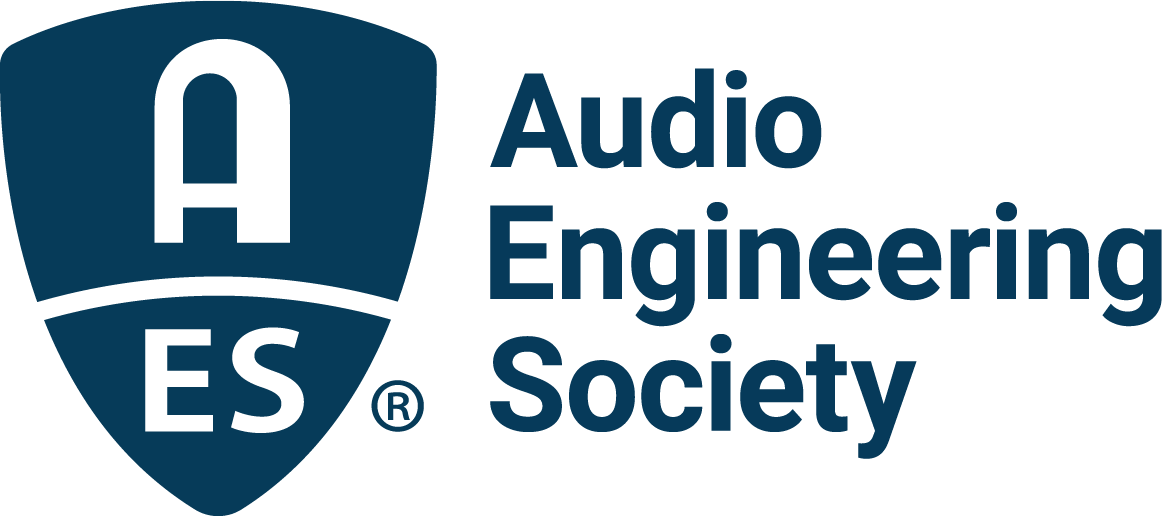
AES Standards - a short history
Standards activity in the AES started shortly after the Society was founded. In the early days, the AES Standards Committee (AESSC) mainly acted as a reporting agency to the membership through the Journal on the activities of IEC TC 29 and audio-related activities of other standards organisations such as EIA, SMPTE, IEEE, and the Acoustical Society of America (ASA). Even though the AES at this time was not producing documents, many AES members contributed to standards through these other organisations. An overview paper, first published in 1982, is available from the Historical Committee.
In 1977, stimulated by the growing need for standards in digital audio, the AES Digital Audio Standards Committee was formed. It was responsible for creating some fundamental standards such as the AES3 digital audio interface – sometimes known as the AES/EBU interface – and standards for sampling frequency and synchronisation which are still in use today. (The AES Historical Committee has documented this period of development.) In 1980, Dan Queen was appointed full-time secretary. In 1984, the procedures of the AESSC were revised to improve the openness and consensus of our due process, modelled on IEC directives and drawing from the examples of the ASA, IEEE and SMPTE. Mark Yonge was appointed Standards Secretary in 2001. Communications facilities were extensively updated in 2002, including a new Web site with public and private areas, members’ registry, plus e-mail reflectors and a secure document exchange facility for each group.
